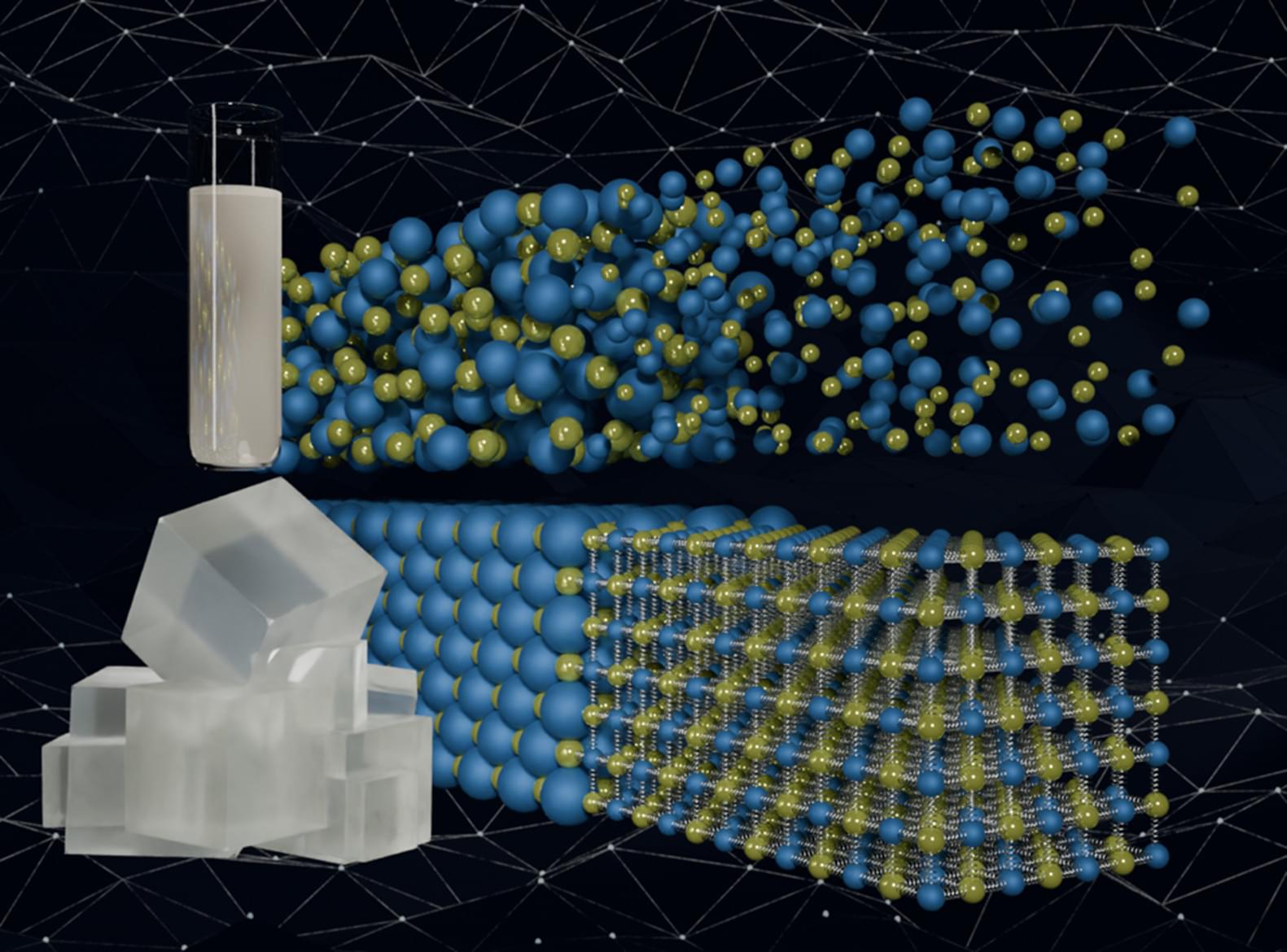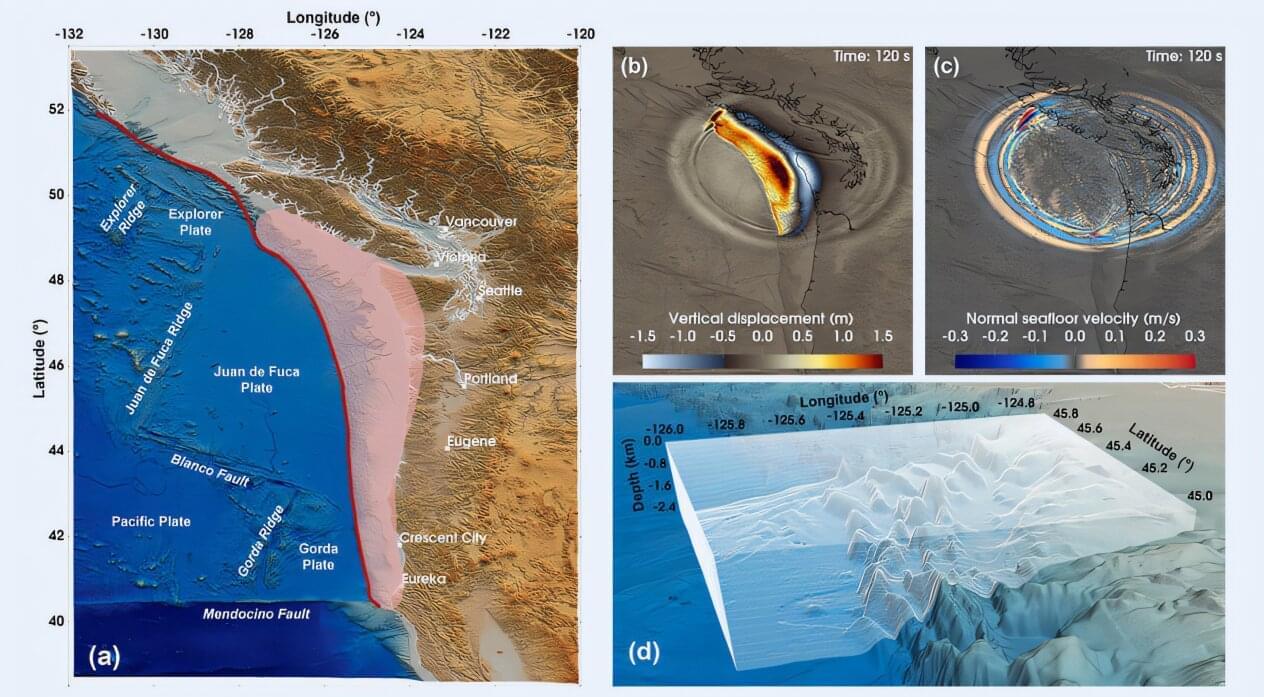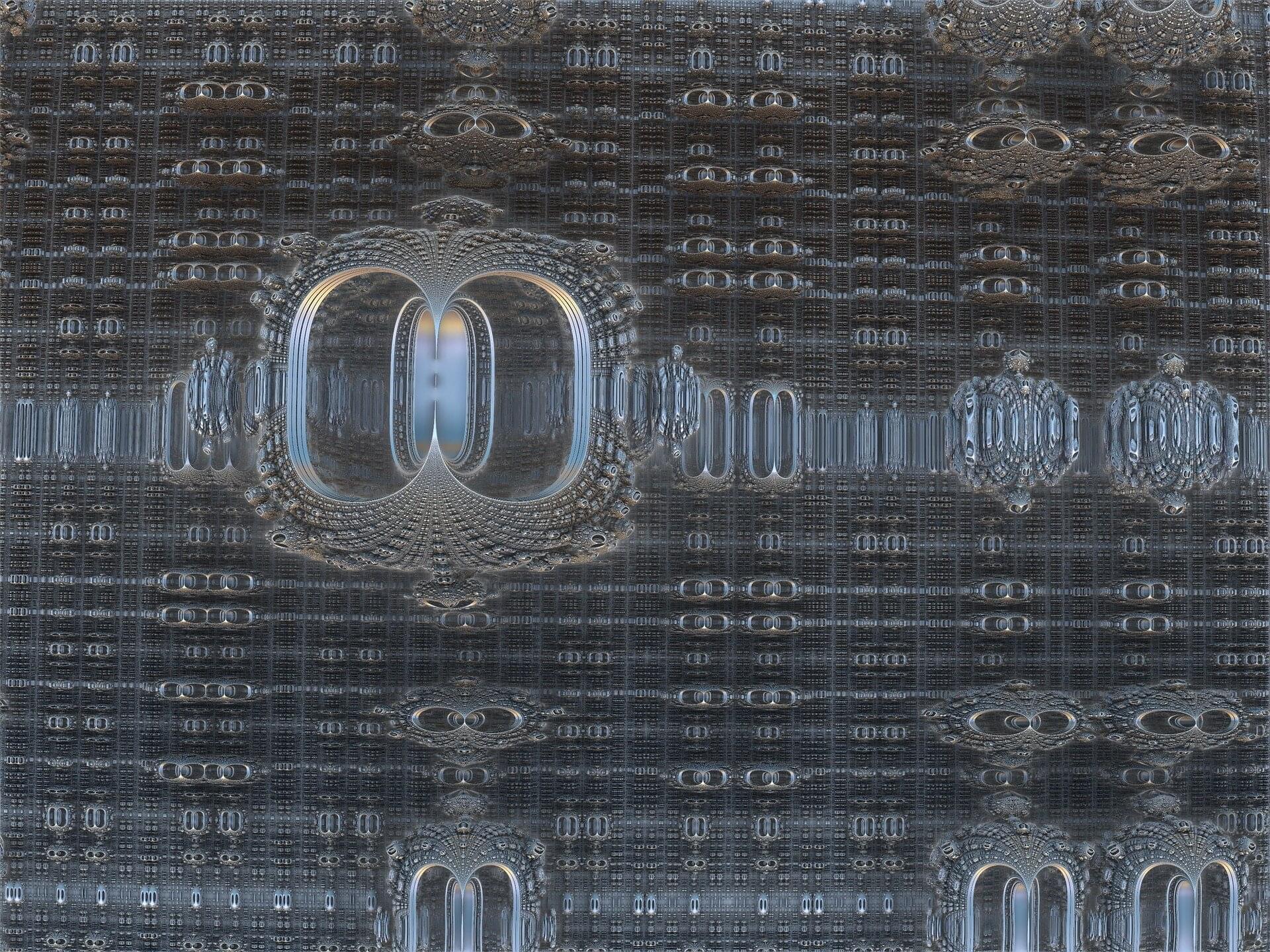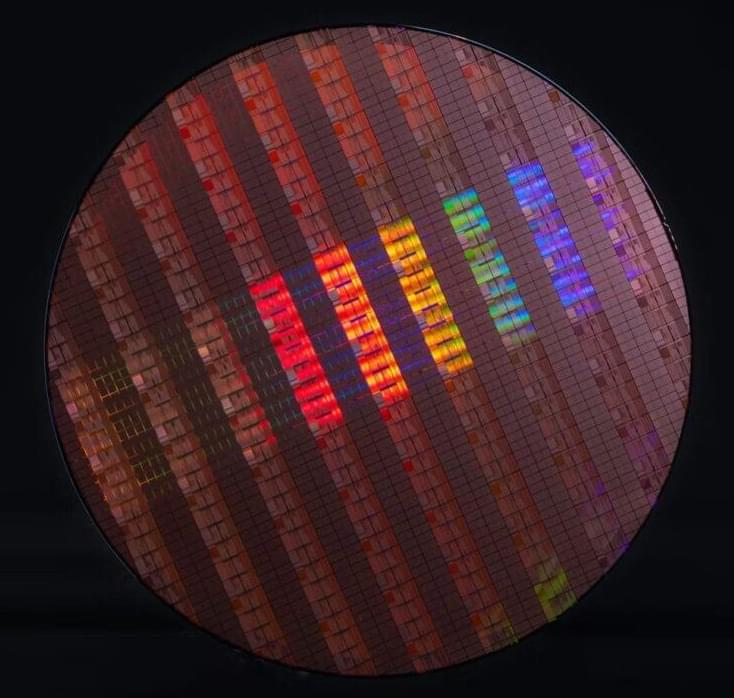Scientists have developed a new machine learning approach that accurately predicted critical and difficult-to-compute properties of molten salts, materials with diverse nuclear energy applications.
In a Chemical Science article, Oak Ridge National Laboratory researchers demonstrated the ability to rapidly model salts in liquid and solid state with quantum chemical accuracy. Specifically, they looked at thermodynamic properties, which control how molten salts function in high-temperature applications. These applications include dissolving nuclear fuels and improving reliability of long-term reactor operations. The AI-enabled approach was made possible by ORNL’s supercomputer Summit.
“The exciting part is the simplicity of the approach,” said ORNL’s Luke Gibson. “In fewer steps than existing approaches, machine learning gets us to higher accuracy at a faster rate.”







